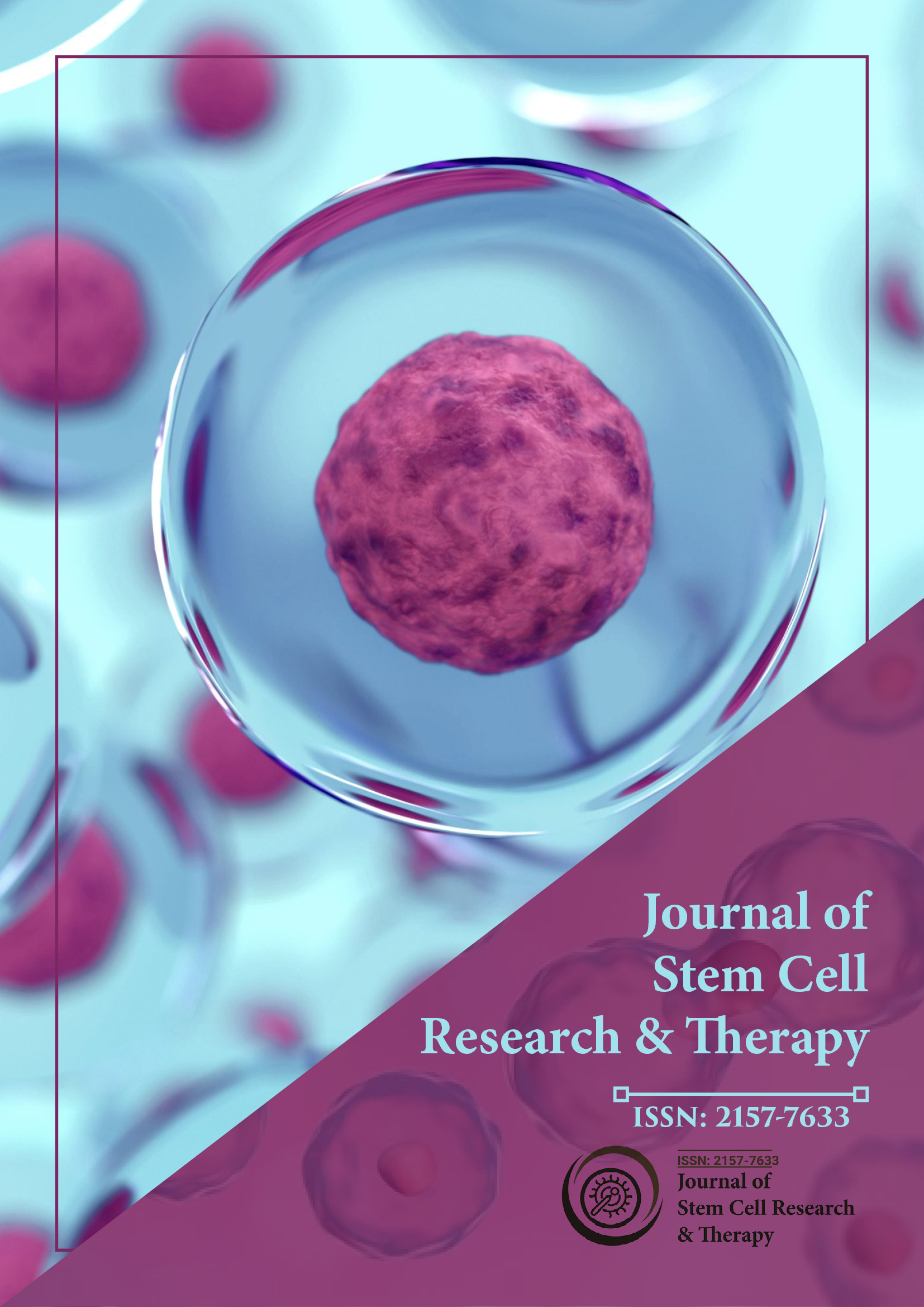索引于
- 打开 J 门
- Genamics 期刊搜索
- 学术钥匙
- 期刊目录
- 中国知网(CNKI)
- 乌尔里希的期刊目录
- 参考搜索
- 哈姆达大学
- 亚利桑那州EBSCO
- 期刊摘要索引目录
- OCLC-WorldCat
- 普布隆斯
- 日内瓦医学教育与研究基金会
- 欧洲酒吧
- 谷歌学术
分享此页面
期刊传单

抽象的
通过直接动脉内给药将脂肪干细胞定向输送到移植体内
Amir Inbal、Meirav Sela、Vyacheslav Kalchenko、Yuri Kuznetsov、Or Friedman、Arik Zaretski、Gal Tirza、Dov Zipori、Eyal Gur 和 Nir Shani
目的:间充质干细胞 (MSC) 是具有再生和免疫抑制特性的成人多能细胞。将 MSC 归巢到目标器官仍然是一项重大挑战,因为静脉内输送会导致大多数 MSC 滞留在血管化器官的血管内。将 MSC 动脉内 (IA) 给药到特定器官的供血动脉可改善细胞向这些器官的输送,但通常会导致血管阻塞。为了提高 MSC 进入移植器官的靶向性,我们设计了一种在移植过程中通过 IA 输送 MSC 的新方法。本研究旨在评估该方法的安全性和有效性。
方法:所有实验组均在 Lewis 大鼠间实施同源腹股沟游离皮瓣。治疗组包括 3 组(n ≥ 7),其中在皮瓣最终再灌注前通过股动脉分支注入 1 × 106、0.5 × 106 或 0.05 × 106 脂肪来源的 MSCs (ASC)。使用体内实时荧光成像和活体显微镜检查来确定移植后 ASCs IA 的运动。
结果:每次注射 ASC 浓度过高,导致皮瓣坏死,皮瓣成活率低(14.3%)。注射 0.05 × 106 ASC 时,长期皮瓣成活率增加(85%)。荧光标记 ASC 的全身成像显示,即使细胞数量如此之少,细胞也能明显进入皮瓣。在存活皮瓣内的小血管附近检测到 ASC。
结论:通过局部 IA 将 ASC 注入血管化移植/皮瓣是可行的,并且可以用最少的细胞剂量达到较高的局部细胞浓度。
免责声明: 此摘要通过人工智能工具翻译,尚未经过审核或验证